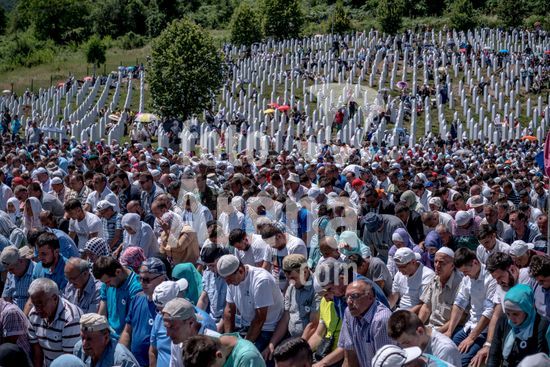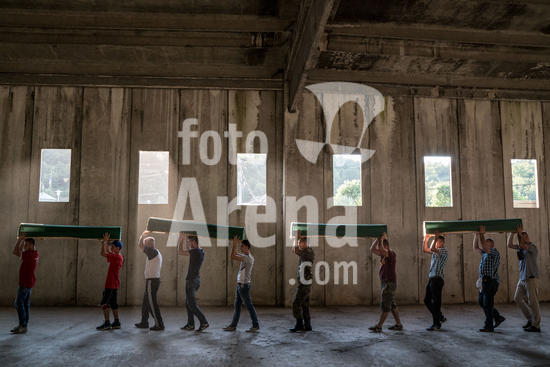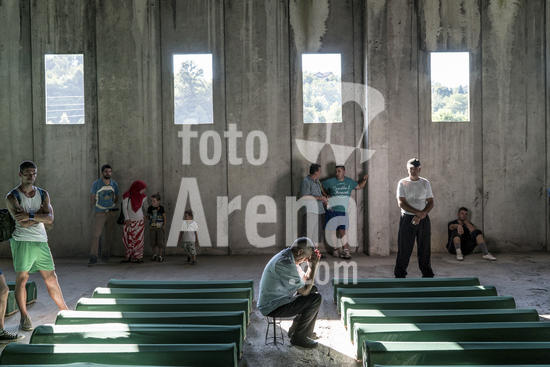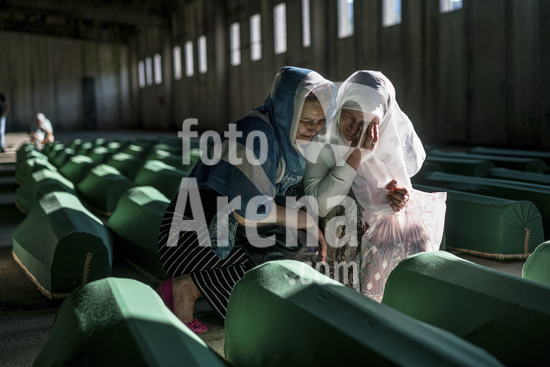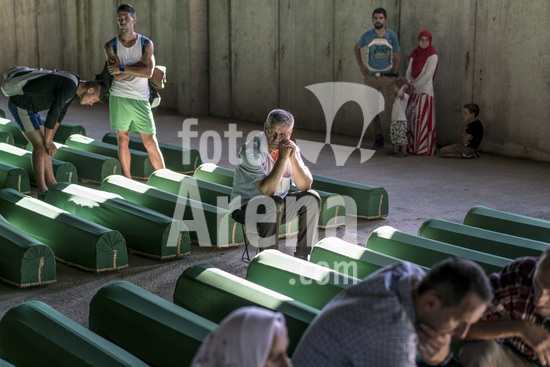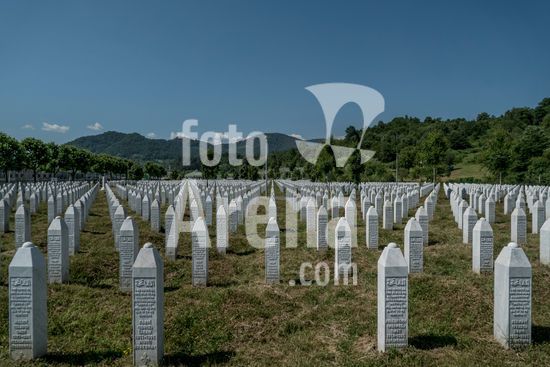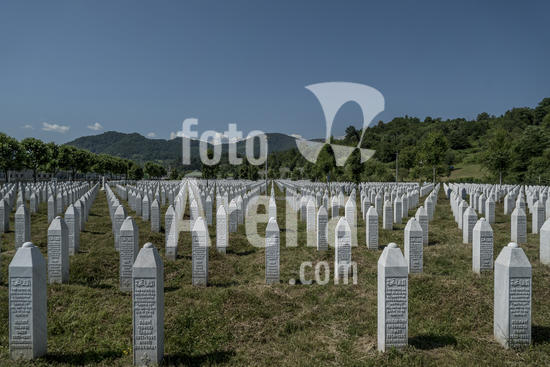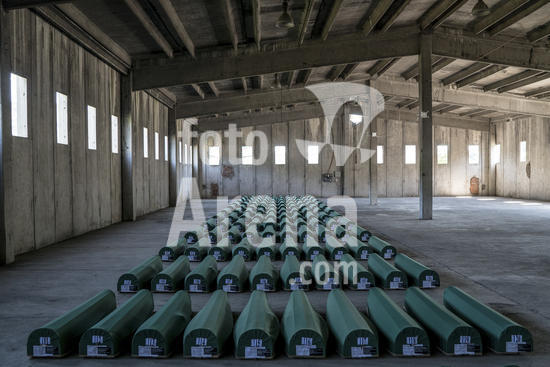
ny210123201106
FILE ? Teddy bears memorialize children who died at the Kamloops Indian Residential School in Kamloops, Canada, June 19, 2021. Canada said on Jan. 21, 2023 that it had agreed to pay about $2 billion to settle the latest in a series of lawsuits seeking reparations for the harm once done to Indigenous people through the mandatory residential schools that a national commission called ?cultural genocide.? (Amber Bracken/The New York Times/Fotoarena)
DC





























































